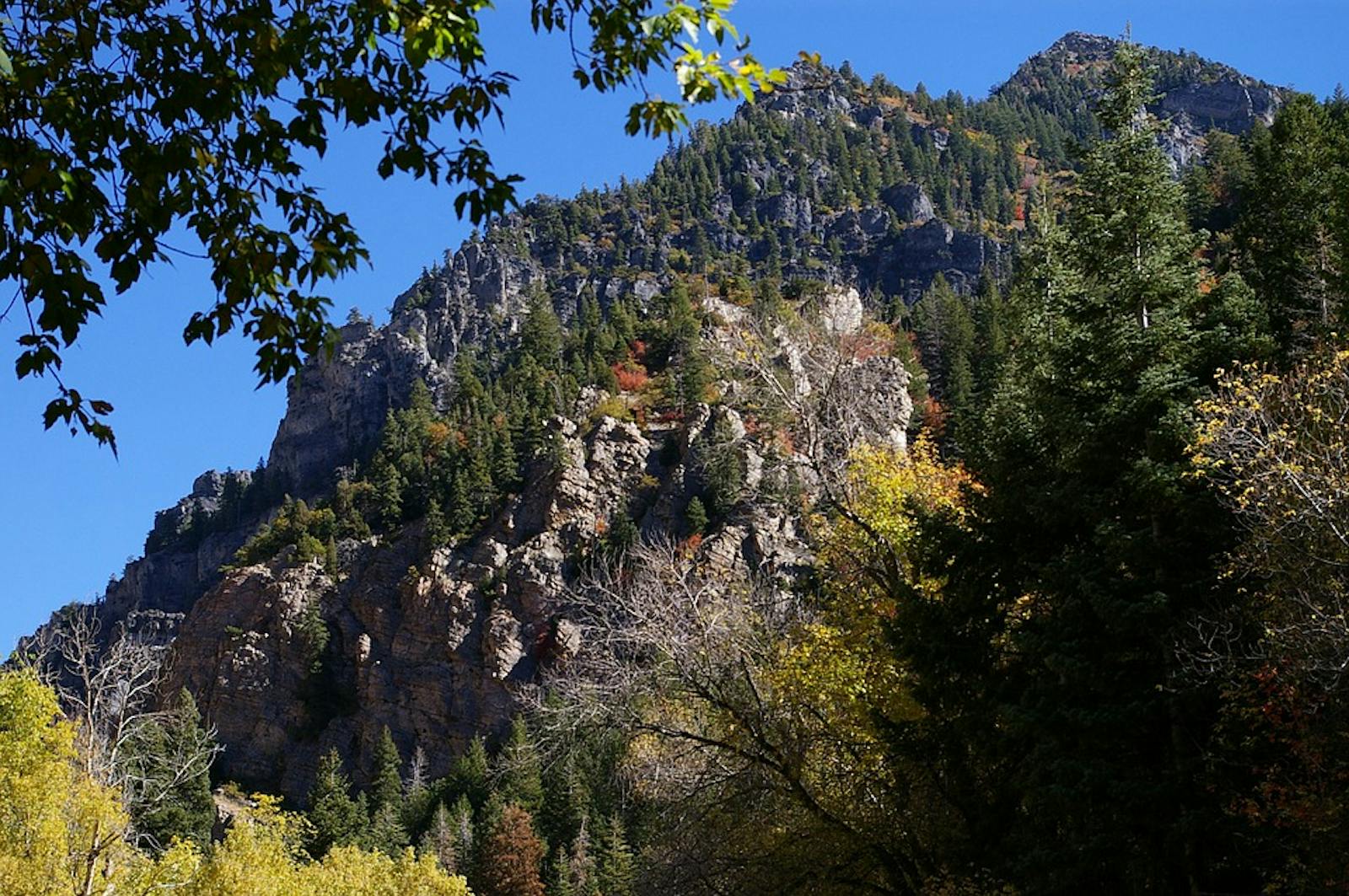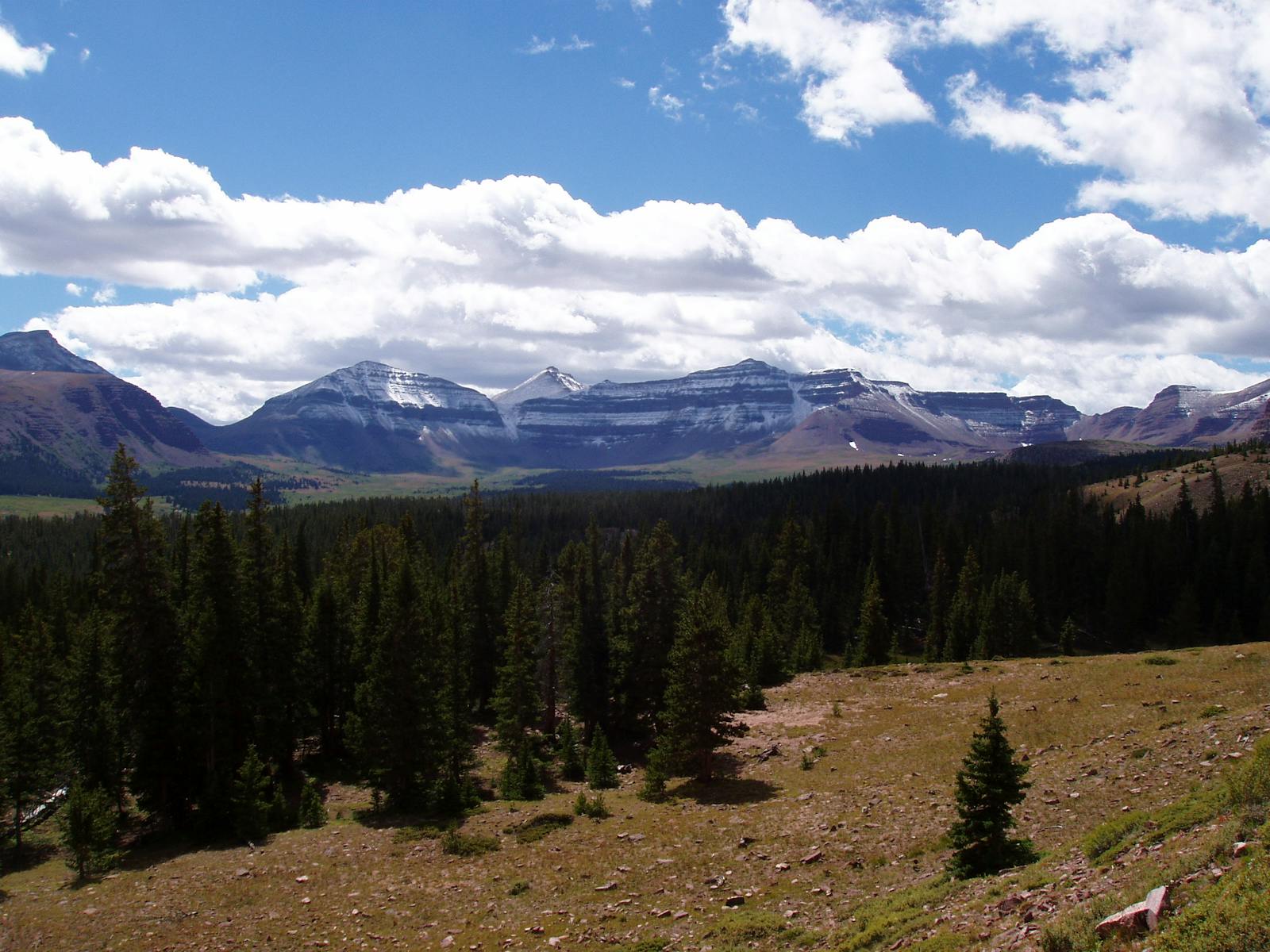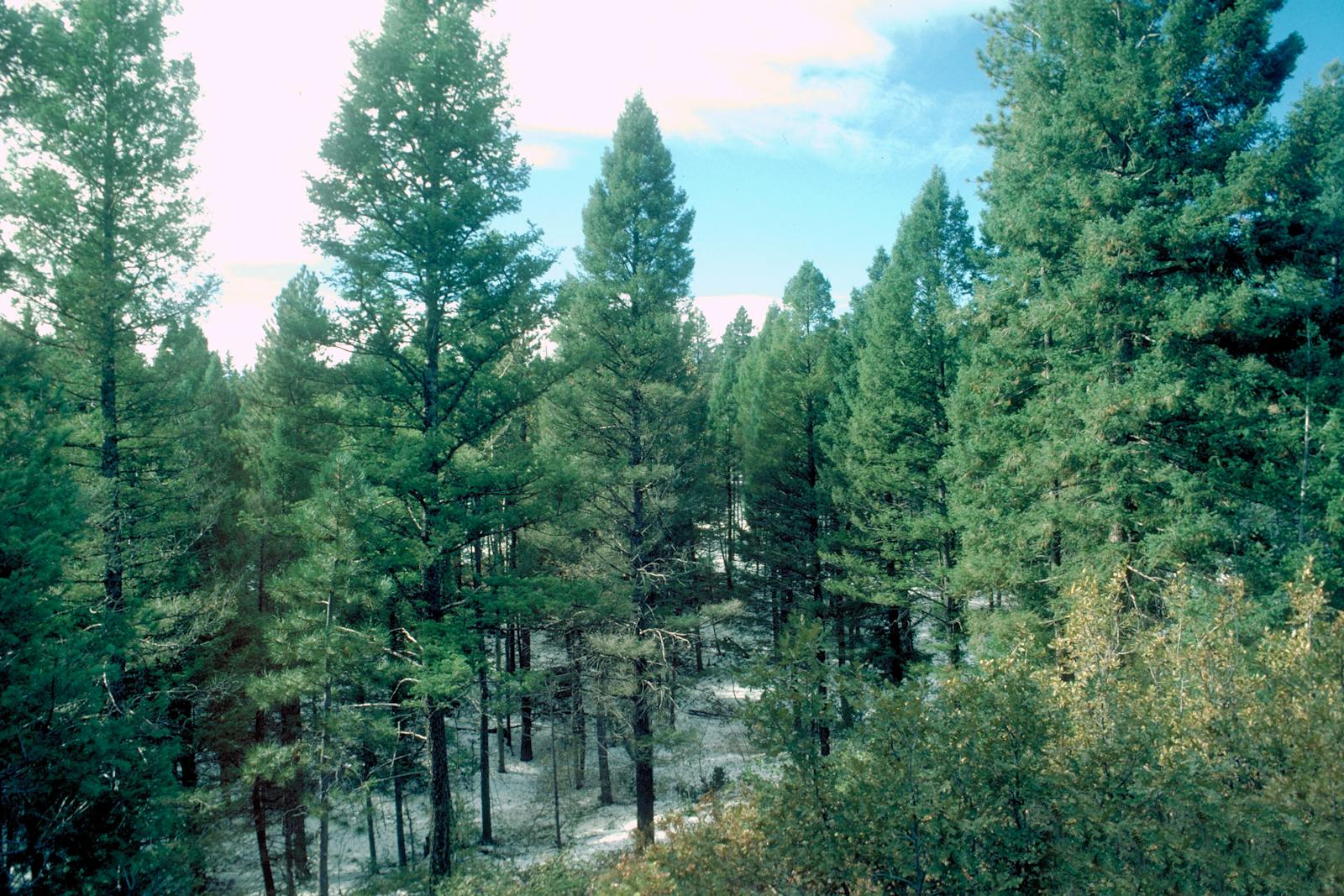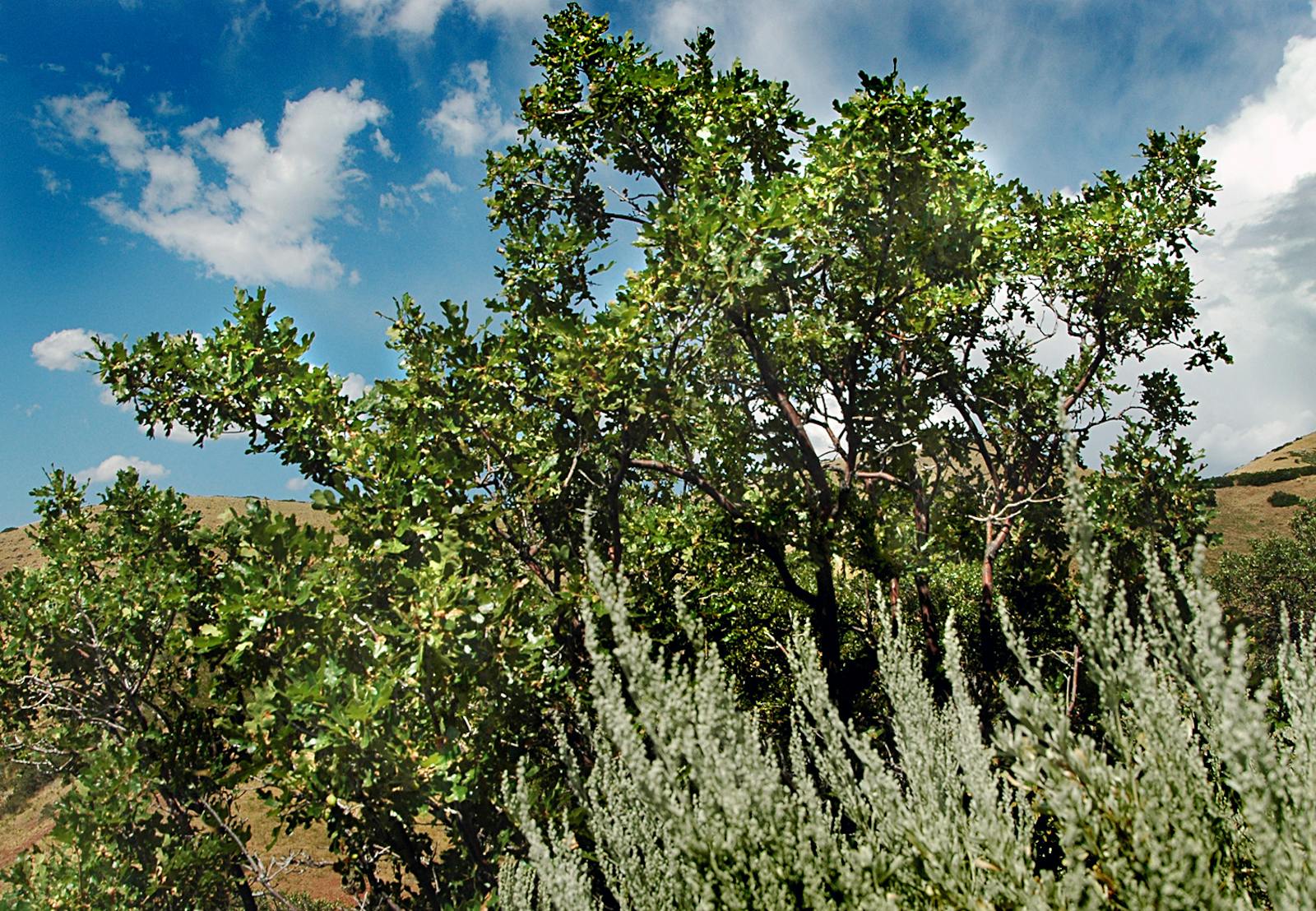Wasatch and Uinta Montane Forests
The ecoregion’s land area is provided in units of 1,000 hectares. The conservation target is the Global Safety Net (GSN1) area for the given ecoregion. The protection level indicates the percentage of the GSN goal that is currently protected on a scale of 0-10. N/A means data is not available at this time.
Bioregion: Colorado Plateau & Mountain Forests (NA19)
Realm: Northern America
Ecoregion Size (1000 ha):
4,575
Ecoregion ID:
368
Conservation Target:
25%
Protection Level:
4
States: United States: UT, ID, WY
The Wasatch and Uinta Montane Forests ecoregion constitutes the western edge of the greater Rocky Mountains and consists of two mountain ranges: the north-south oriented Wasatch Range and the east-west oriented Uinta Range. East-west trending ranges are rare in North America, and the Uintas are the highest east-west range in the contiguous United States.
The Wasatch and Uinta Montane Forests ecoregion stretches from extreme southeastern Idaho south through Utah, with its southernmost edge close to the Arizona and Nevada borders. The Uinta Mountains project to the east about one-third of the way down the Wasatch Range and include a small area of southwestern Wyoming. The ecoregion is bordered on the north by the Snake-Columbia Shrub Steppe and the South Central Rockies Forests ecoregions.
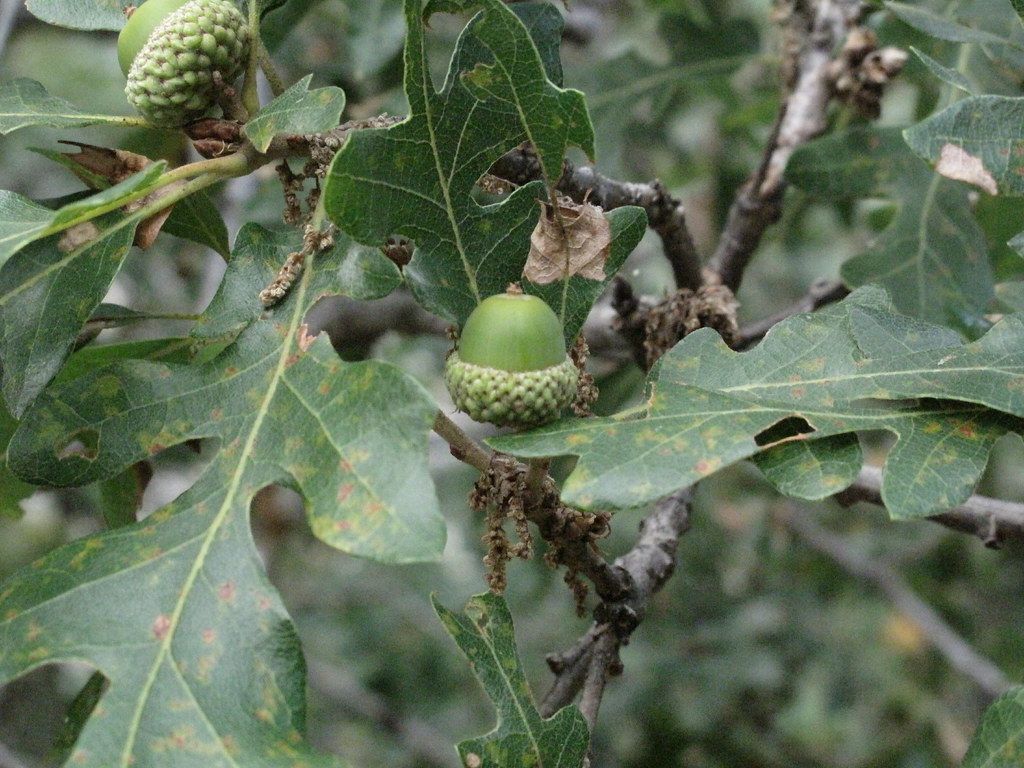
The flagship species of the Wasatch and Uinta Montane Forests ecoregion is the Gambel oak. Image credit: Creative Commons
To the east, north of the Uintas, lies the Wyoming Basin Shrub Steppe. South of the Uintas, the Colorado Plateau Shrublands form the eastern as well as the southern boundary, as well as separating the Wasatch and Uinta Montane Forests ecoregion from the Colorado Rockies Forests ecoregion, which occupies approximately the same latitudinal range and contains similar vegetation. The western border of the Wasatch and Uinta Montane Forests is entirely with the Great Basin Shrub Steppe.
The level of protection of the Wasatch and Uinta Montane Forests ecoregion, 11%, is appallingly low and should be increased before damaging human activities eliminate even more natural habitat—23% of which still remains outside protected areas.
The general climate of the Wasatch and Uinta Montane Forests ecoregion is dry continental, with mean annual precipitation varying between 457 and 1,016 mm. The western part of the ecoregion is characterized by a winter wet/summer dry climate and the eastern part a summer wet/winter dry pattern, due to the western portion being more affected by Pacific storms in winter and the summer portion by moist monsoonal systems originating in the Gulf of Mexico and Gulf of California in summer. Given the range of latitude and elevation, variation in local climate and vegetation is strong.
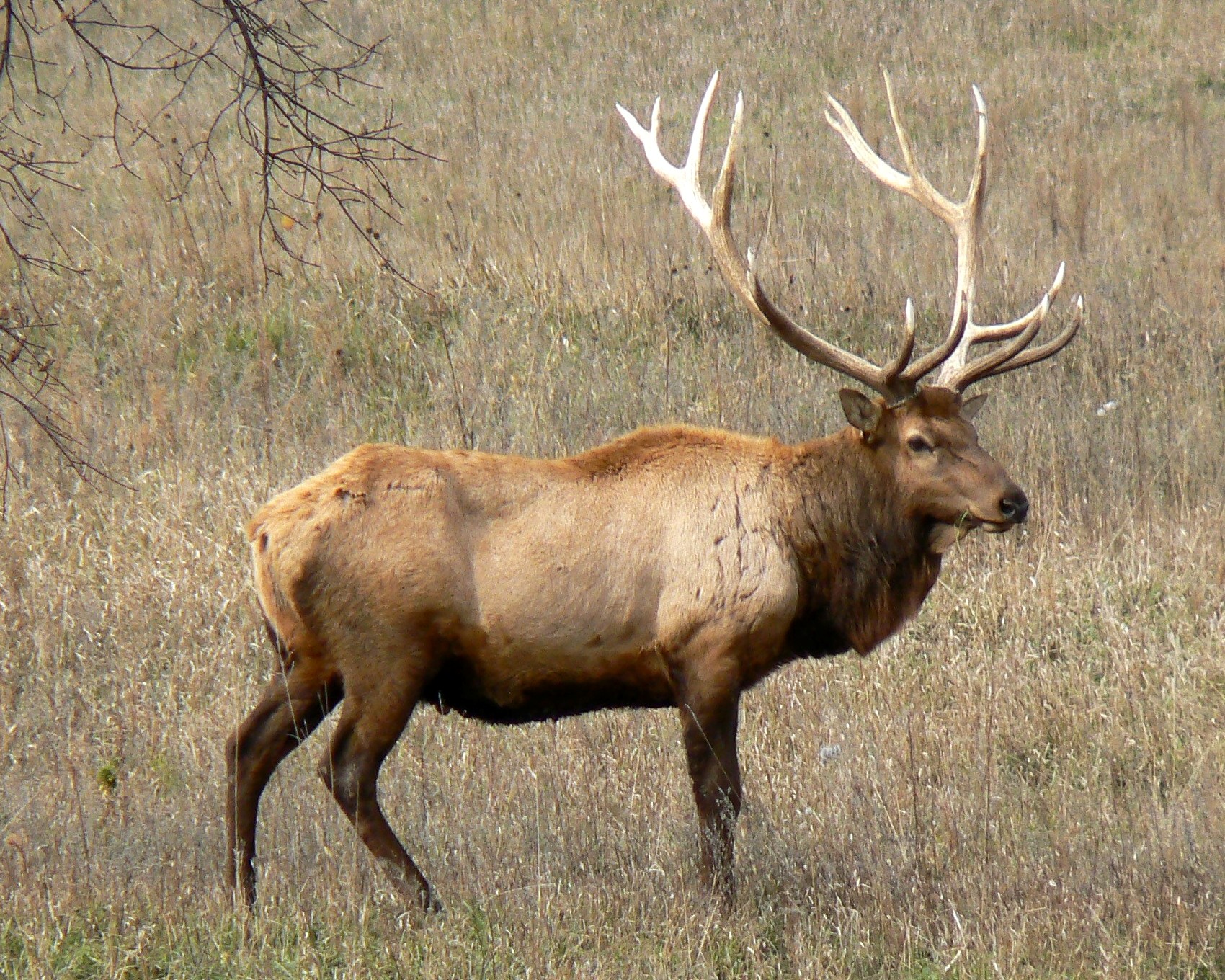
Elk. Image credit: Creative Commons
The peaks in the Wasatch and Uinta ranges are not as high as elsewhere in the Rocky Mountains. The highest peak in the Wasatch Range is 3,636 in elevation, whereas the slightly higher Uinta Mountains have several peaks in the 3,353–4,123 m range. Both ranges have been altered by multiple cycles of mountain building and burial since the Precambrian, 2.6 billion years ago, and by glacial processes beginning around 1.6 million years ago.
Subspecies of big sagebrush dominate the shrub steppe in the lowest and driest portion of this ecoregion. Agriculture has highly altered much of the shrub steppe. Slightly higher in elevation is the pinyon-juniper zone, with singleleaf pinyon pine, Colorado pinyon, and both the Utah juniper and the Rocky Mountain juniper.
Higher still, on lower mountain slopes and foothills in the central and southern part of the ecoregion, are often extensive stands of Gambel’s oak, perhaps the most extensive in the Rockies, sometimes accompanied by canyon maple. Middle elevations (the montane zone) support Douglas-fir, white-fir, lodgepole pine, and less commonly, ponderosa pine.
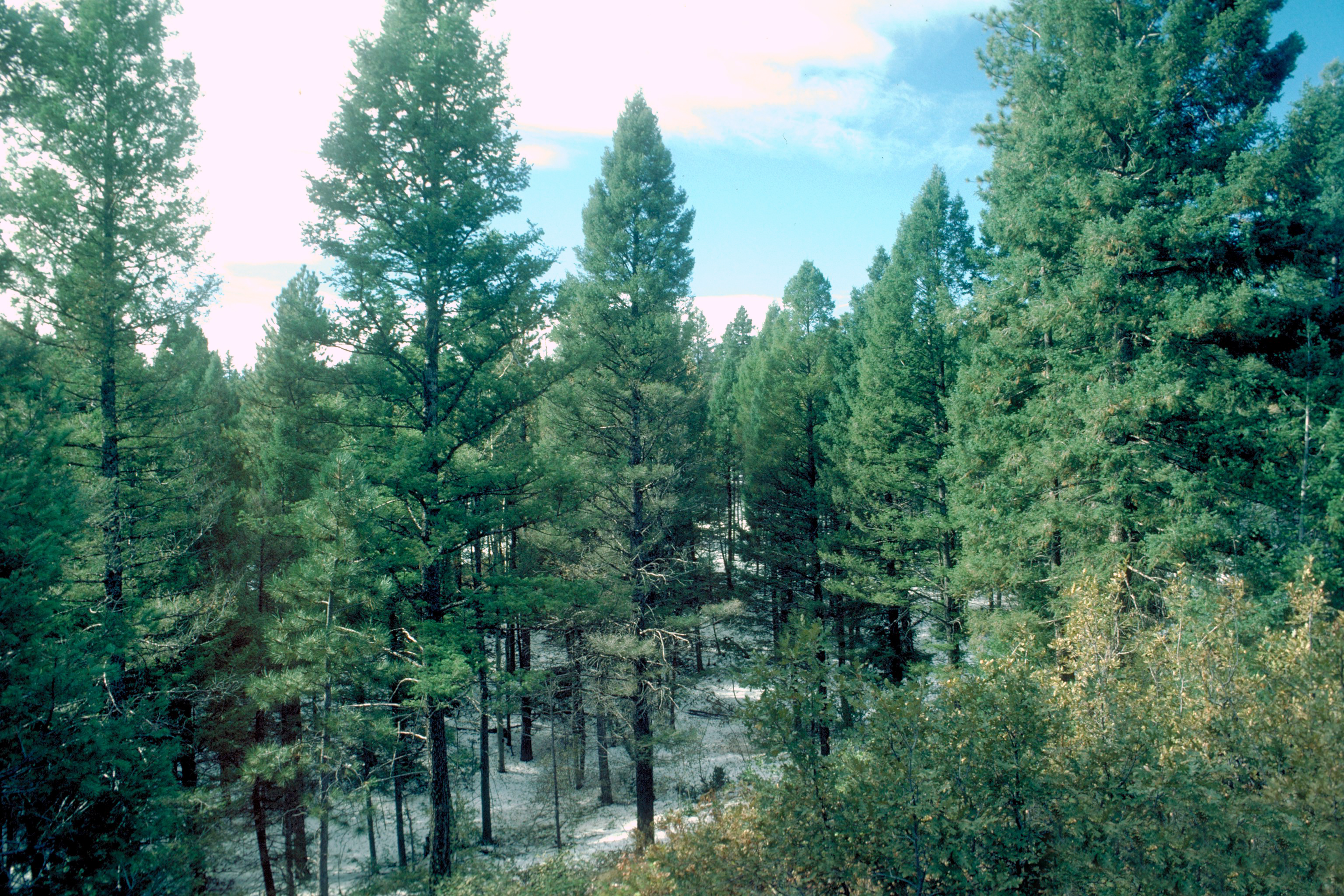
Rocky Douglas fur. Image credit: Creative Commons
The subalpine zone is dominated by Engelmann spruce and subalpine fir. Large stands of aspen, regenerating after fire, are relatively common, and limber pine occurs in some areas. In comparison with other ranges of the Rocky Mountains, tree species richness is particularly high in the Uinta Mountains.
Many endemic plants occur in both the Uinta and Wasatch ranges, for example Uinta Mountain beardtongue, stemless beardtongue, Huber’s fleabane, and subspecies of alpine poppy, yellow evening primrose, and alpine sagewort in the High Uintas, and broadleaf beardtongue, Wasatch jamesia, Wasatch draba, Wasatch fitweed, Wasatch shooting star, and others in the Wasatch Range. Among mammals, large predators, except for puma, have been entirely extirpated from this ecoregion and once-common bighorn sheep have declined. Moose are at their southern range limit here.
The level of protection of this ecoregion is insufficient given continuing threats from logging, mining, ski resort development and other recreation, intensive livestock grazing, and other activities. Priority conservation actions for the next decade are to: 1) establish additional protected areas to better represent the full range of ecosystem types and establish connectivity northward to the Greater Yellowstone Ecosystem; 2) restore natural disturbance regimes and reintroduce, as needed, and promote recovery of rare and endemic species; and 3) control invasive non-native species.
Citations
1. Brooks, M.S. 2012. Wasatch and Uinta Mountains ecoregion. Pages 105-112 in B.M. Sleeter, T.S. Wilson, and W. Acevedo, eds. Status and Trends of Land Change in the Western United States—1973 to 2000: U.S. Geological Survey Professional Paper 1794–A. (Available at https://pubs.usgs.gov/pp/1794/a/.)
2. Wasatch Range. https://en.wikipedia.org/wiki/Wasatch_Range
3. Uinta Mountains. https://en.wikipedia.org/wiki/Uinta_Mountains
